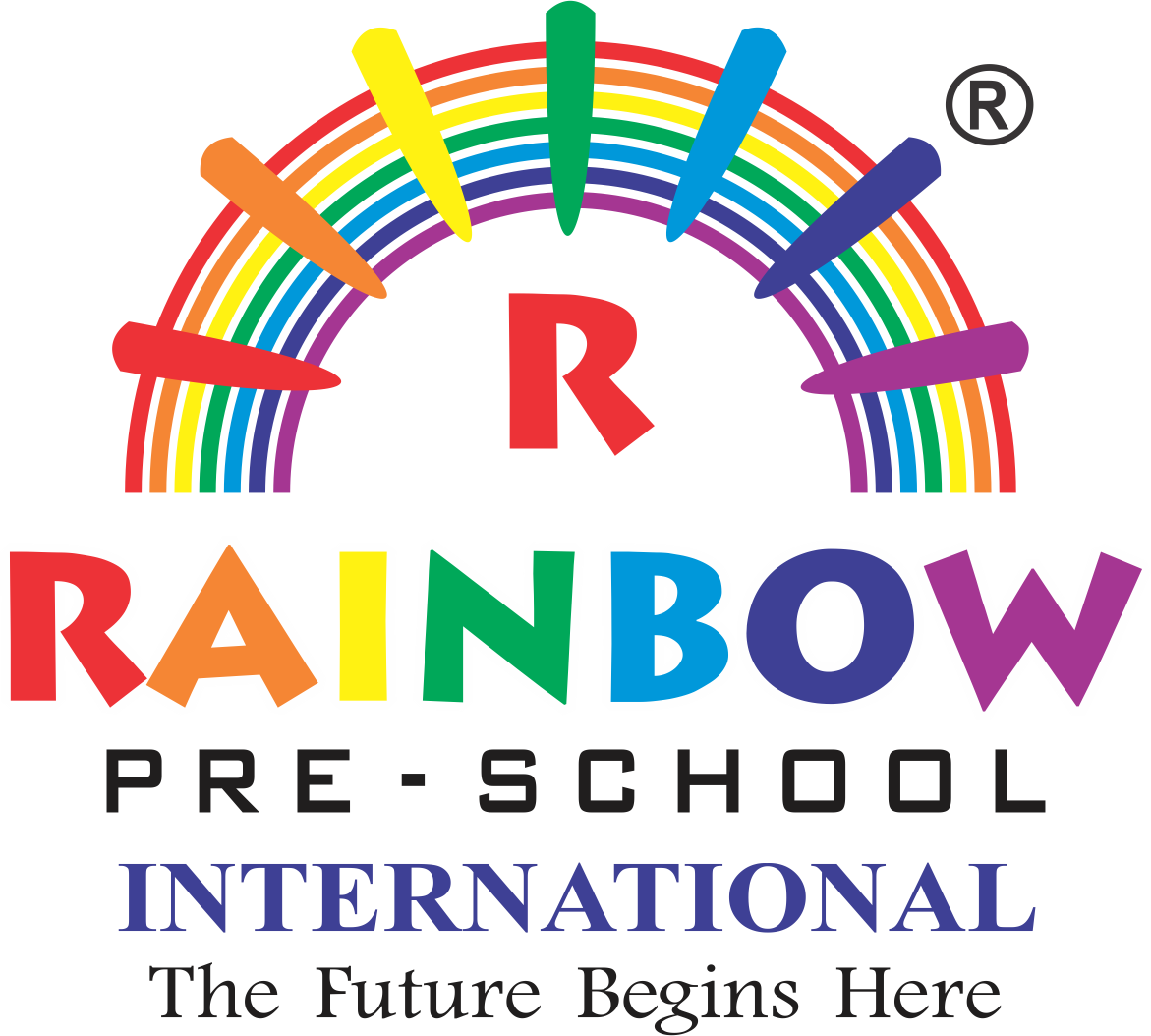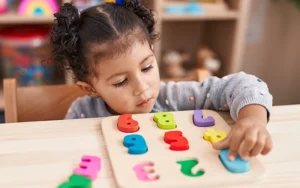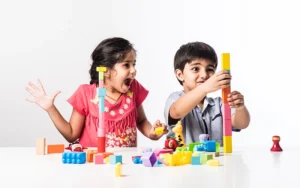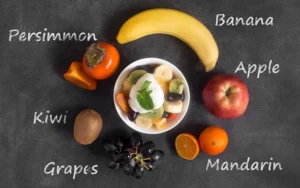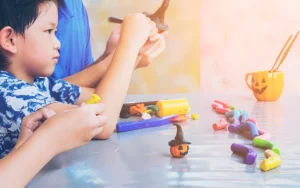Teaching preschoolers the names of body parts in English is a fundamental step in their early education. It not only enhances their vocabulary but also aids in their understanding of self-awareness and body image. This guide explores creative and interactive ways to introduce body parts to young learners, ensuring the process is both educational and enjoyable.
Importance of Teaching Body Parts
Introducing body parts to preschoolers serves multiple developmental purposes:
- Language Development: Expands vocabulary and improves communication skills.
- Cognitive Growth: Enhances memory and recognition abilities.
- Self-Awareness: Promotes understanding of one's own body and its functions.
- Safety and Hygiene: Encourages proper hygiene practices and body safety awareness.
Essential Body Parts Every Preschooler Should Know
Begin with the basics and gradually introduce more complex terms:
Head and Face
- Head: The upper part of the body that houses the brain.
- Hair: The strands growing from the scalp.
- Eyes: Organs that allow us to see.
- Ears: Organs that enable hearing.
- Nose: Organ responsible for the sense of smell.
- Mouth: Opening used for eating and speaking.
- Teeth: Hard structures in the mouth used for chewing.
- Tongue: Muscular organ in the mouth used for tasting and speaking.
- Chin: The lowermost part of the face.
- Cheeks: The sides of the face below the eyes.
Upper Body
- Neck: Connects the head to the torso.
- Shoulders: The joints connecting the arms to the torso.
- Arms: Limbs extending from the shoulders.
- Elbows: Joints in the middle of the arms.
- Hands: The end parts of the arms.
- Fingers: Digits of the hands.
- Thumb: The first digit of the hand.
Lower Body
- Chest: The front part of the torso.
- Stomach: Organ responsible for digestion.
- Legs: Limbs extending from the torso.
- Knees: Joints in the middle of the legs.
- Feet: The lower extremities of the legs.
- Toes: Digits of the feet.
Fun Songs to Reinforce Learning
Songs are a powerful tool in early childhood education. They make learning memorable and enjoyable. Consider these classics:
- Head, Shoulders, Knees, and Toes: A rhythmic song that helps children identify body parts through movement.
- If You're Happy and You Know It: Incorporate body movements to engage children actively.
- This Is the Way We Wash Our Hands: Teaches hygiene practices along with body part recognition.
Interactive Games and Activities
Engage preschoolers with these hands-on activities:
- Simon Says: A game that reinforces body part names through commands.
- Body Part Bingo: A matching game that helps in identifying and naming body parts.
- Mirror Play: Use a mirror to point out and name body parts, allowing children to see and mimic.
- Body Tracing: Have children lie down and trace their body outline, labeling each part.
Recommended Books for Learning Body Parts
Reading enhances comprehension and reinforces learning. Here are some books suitable for preschoolers:
- "Toes, Ears, and Nose" by Marion Dane Bauer: An interactive book with flaps that reveal body parts.
- "Where Is Baby's Belly Button?" by Karen Katz: A lift-the-flap book that engages children in identifying body parts.
- "Head, Shoulders, Knees, and Toes" by Annie Kubler: A classic that combines song and story.
Incorporating Science and Anatomy
Introducing basic anatomy concepts can be fascinating for young minds:
- Simple Charts: Use colorful charts to display body parts and their functions.
- Interactive Models: Toys like Mr. Potato Head can help in assembling and naming body parts.
- Educational Apps: There are various apps designed to teach body parts through interactive games.
Tips for Effective Teaching
- Consistency: Regularly incorporate body part names into daily routines.
- Positive Reinforcement: Praise children when they correctly identify body parts.
- Engagement: Use a variety of methods—songs, games, books—to maintain interest.
- Patience: Allow children time to absorb and recall information.
Conclusion
Teaching preschoolers the names of body parts in English is a foundational aspect of their early education. By making the learning process interactive and enjoyable, you not only enhance their vocabulary but also foster a sense of self-awareness and confidence. Remember, the key is consistency, engagement, and patience.
Frequently Asked Questions
1: At what age should I start teaching my child about body parts?
It’s beneficial to start as early as 18 months, introducing basic terms like “nose” and “eyes.”
2: How can I make learning body parts fun?
Incorporate songs, games, and hands-on activities like body tracing or using toys to engage your child.
3: Are there any online resources or apps to help teach body parts?
Yes, platforms like Skillmatics offer interactive games and flashcards designed for preschoolers.
4: Why is it important to use correct anatomical terms?
Using accurate terms promotes body positivity, enhances communication, and helps in teaching body safety.
